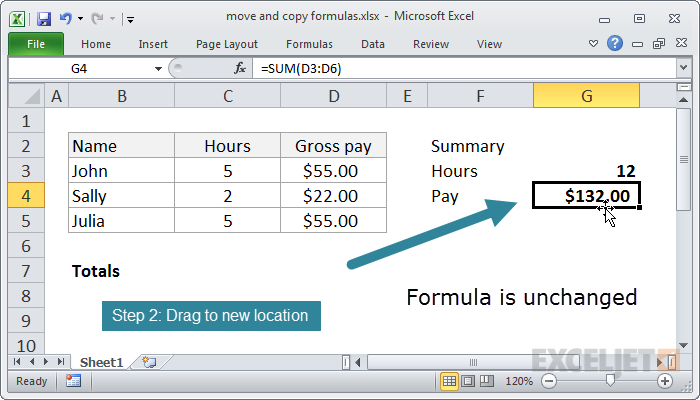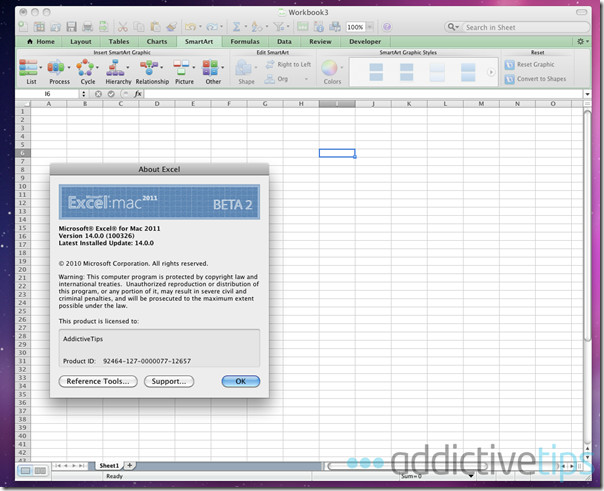

- Evaluate formula in excel mac os for mac#
- Evaluate formula in excel mac os mac os#
- Evaluate formula in excel mac os code#
However, we need to replace all "x" values in column C with zeros in this case because SUMPRODUCT MAX only works with numeric data: The max value with the same conditions can also be found by using this non-array formula: =MAX(IF((B2:B10=F1) + (B2:B10=H1), C2:C10))Įnter the formula by pressing the Ctrl + Shift + Enter key combination and you will get this result: With the rounds listed in B2:B10, the results in C2:C10 and criteria in F1 and H1, the formula goes as follows: Please pay attention that in the Excel language, the task is formulated differently: return the max value if round is either 2 or 3. =SUMPRODUCT(MAX((( criteria_range1= criteria1) + ( criteria_range2= criteria2)) * max_range))Īs an example, let's work out the best result in rounds 2 and 3. goes to the SUMPRODUCT function and it outputs the max number in a cell. In Excel 2013 and earlier versions, you still have to create your own array formula by combining the MAX function with an IF statement: A while ago, they introduced MAXIFS, and now the users of Excel 2019 and Excel 2016 included with Office 365 subscriptions can do conditional max an easy way. Until recently, Microsoft Excel did not have a built-in MAX IF function to get the maximum value based on conditions. This can be done by using a few different formulas, and this article explains all possible ways. In some situations, however, you may need to drill down into your data further to find the max value based on certain criteria. In our previous tutorial, we looked at the common uses of the MAX function which is designed to return the largest number in a dataset. The article shows a few different ways to get the max value in Excel based on one or several conditions that you specify. "OLEDB Provider=.1 Data Source=$Workbook$ Location=SampleList Extended Properties=""""" _ "RenamedColumns = Table.RenameColumns(ConvertedToTable,)" & vbCr & vbLf & _ "ConvertedToTable = Table.FromList(Source, Splitter.SplitByNothing(), null, null, ExtraValues.Error)," & vbCr & vbLf & _ This is a sample query that creates a list with values from 1 to 100.Ī Name:="SampleList", Formula:= _
Evaluate formula in excel mac os code#
Here is some basic code you can adapt and use.

Locate the VBA file, and then select Open. Right-click on an object in the Project window, and then select Import File.

In Excel for Mac, select Tools > Macro > Visual Basic Editor.
Evaluate formula in excel mac os mac os#
For more information, see Sync files with OneDrive on Mac OS X.ĭownload the VBA file to a local file, the VBA file you saved in "Step one: Excel for Windows" and uploaded to an online service. Upload the VBA file to an online service to make the file accessible from the Mac.

The Export dialog box appears.Įnter a filename, make sure the file extension is. Right-click the module, and then select Export File. In Excel, make sure the Visual Basic Editor is open by pressing ALT+F11. VBA code that uses the following entities in the Excel's object model also work in Excel for Mac: Queries object, WorkbookQuery object, Workbook.Queries Property. For more information, see Excel VBA reference. On Excel Windows, develop queries by using VBA. A sample program is provided for you at the end of this section.
Evaluate formula in excel mac os for mac#
Transferring a VBA code module in a file from Excel for Windows to Excel for Mac is a two-step process. Although authoring in the Power Query Editor is not available in Excel for Mac, VBA does support Power Query authoring.


 0 kommentar(er)
0 kommentar(er)
